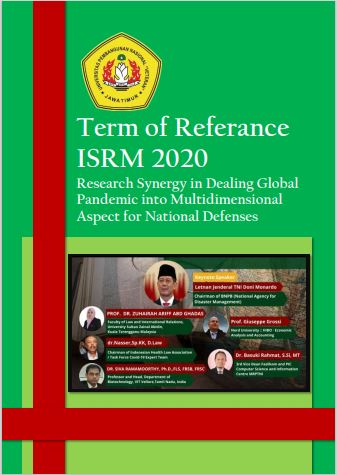The implementation of quadruple helix model and competitive advantage to the growth of creative industries in Malang District
DOI:
https://doi.org/10.11594/nstp.2021.0935Keywords:
Quadruple helix, competitive advantage, creative industry, growthAbstract
The purpose of this research is a concept based on the Quadruple Helix model and Competitive Advantage towards the development of the creative industry in Malang Regency. The variables used in this study include Variable freedom consisting of the variable Competitive Advantage and Quadruple Helix variables, on the other hand, the dependent variable is the development of the Creative Industry in Malang Regency. The population in this research is all Creative Industries in Malang Regency. The illustration of this research is the leaders and managers who represent the Creative Industry in Malang Regency which has 30 respondents. The method of analyzing information in this research uses Partial Least Square with the Smart PLS M3 application. PLS is a procedure for creating a predictable building model when there are many aspects. Based on research results, it can be shown that competitive advantage can provide significant donations to the development of the creative industry. Quadruple Helix cannot distribute a significant donation for the development of the Creative Industry.
Downloads
Downloads
Published
Conference Proceedings Volume
Section
License
Copyright (c) 2021 Nusantara Science and Technology Proceedings

This work is licensed under a Creative Commons Attribution 4.0 International License.
Authors who publish with this proceedings agree to the following terms:
Authors retain copyright and grant the Nusantara Science and Technology Proceedings right of first publication with the work simultaneously licensed under a Creative Commons Attribution License that allows others to share the work with an acknowledgement of the work's authorship and initial publication in this proceeding.
Authors are able to enter into separate, additional contractual arrangements for the non-exclusive distribution of the proceedings published version of the work (e.g., post it to an institutional repository or publish it in a book), with an acknowledgement of its initial publication in this proceeding.
Authors are permitted and encouraged to post their work online (e.g., in institutional repositories or on their website) prior to and during the submission process, as it can lead to productive exchanges, as well as earlier and greater citation of published work (See the Effect of Open Access).














